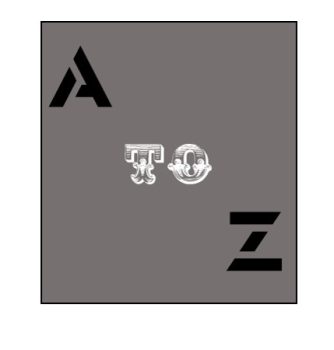A to Z Reviews: “Virtually Correct,” by Marianne Dyson
Marianne J. Dyson’s “Virtually Correct” was originally published in the May 1995 issue of Analog under the “Probability Zero” rubric. Stories published as part of the Probability Zero series are stories that use the science fiction tropes, but in a way that allows the author to write a story which could never happen.
Dyson tackles the concept of racial profiling in “Virtually Correct.” Maxwell Bishop runs a security firm known as Security Unlimited. The firm uses virtual reality simulations of actual crime scenes to train their security guards. Unfortunately, following a lawsuit in which a security guard from another firm shot a man who was determined to be innocent, a new law was passed regarding the use of virtual reality.
Mr. Compton has arrived to inform Bishop of the new stipulations, which mean that in order to avoid training his security guards with an unconscious racial bias, all of the individuals in the simulations must be recoded to be color-neutralized. Even as Bishop argues against the need and asks for an exemption, he questions whether he would respond the same way if Compton were caucasian instead of Black.

Cover by George H. Krauter
The story does raise some important questions, and Bishop even suggests a possible way to determine a resolution, however, responding to the issues brought up is not the point of a Probability Zero piece, so in the end Dyson goes for the ironic twist.
In reviewing a drabble five weeks ago, I pointed out that a well written drabble offers a jumping off point for the reader to consider what the story means and where it should go if the author had more space. Similarly, Dyson’s short piece raises questions and allows the reader’s imagination to come up with potential solutions to the issue the story raises.
At the same time, it almost feels like Dyson is taking the easy way out, setting up a complex problem and then shifting gears to present the story as a set up for a punchline. Despite this, the joke at the end doesn’t undermine the issues the story raises, but rather it reinforces them by showing the concerns of the stipulations Compton was trying to enforce were, in fact, legitimate, even if the ultimate resolution played out in an unforeseen manner.
 Steven H Silver is a twenty-time Hugo Award nominee and was the publisher of the Hugo-nominated fanzine Argentus as well as the editor and publisher of ISFiC Press for eight years. He has also edited books for DAW, NESFA Press, and ZNB. His most recent anthology is Alternate Peace and his novel After Hastings was published in 2020. Steven has chaired the first Midwest Construction, Windycon three times, and the SFWA Nebula Conference six times. He was programming chair for Chicon 2000 and Vice Chair of Chicon 7.
Steven H Silver is a twenty-time Hugo Award nominee and was the publisher of the Hugo-nominated fanzine Argentus as well as the editor and publisher of ISFiC Press for eight years. He has also edited books for DAW, NESFA Press, and ZNB. His most recent anthology is Alternate Peace and his novel After Hastings was published in 2020. Steven has chaired the first Midwest Construction, Windycon three times, and the SFWA Nebula Conference six times. He was programming chair for Chicon 2000 and Vice Chair of Chicon 7.

Huh. Interesting concept. Does the short story present a realistic reason for the government connecting the virtual reality training with profiling bias? In ’95 we were at a high-water mark for worrying about profiling, but the story might not sound well-founded in another decade or two, if not.
“Color neutralization” in a skin-related aspect has always sounded like homunculi and avatars were supposed to end up in unrealistic colors like ultramarine-purple and neon orange. Which has always left me wondering what will happen when current hair dye, makeup, and tattoo trends once again reach the all-over skin-dye/paint extreme and most of us are unrealistic colors by choice.